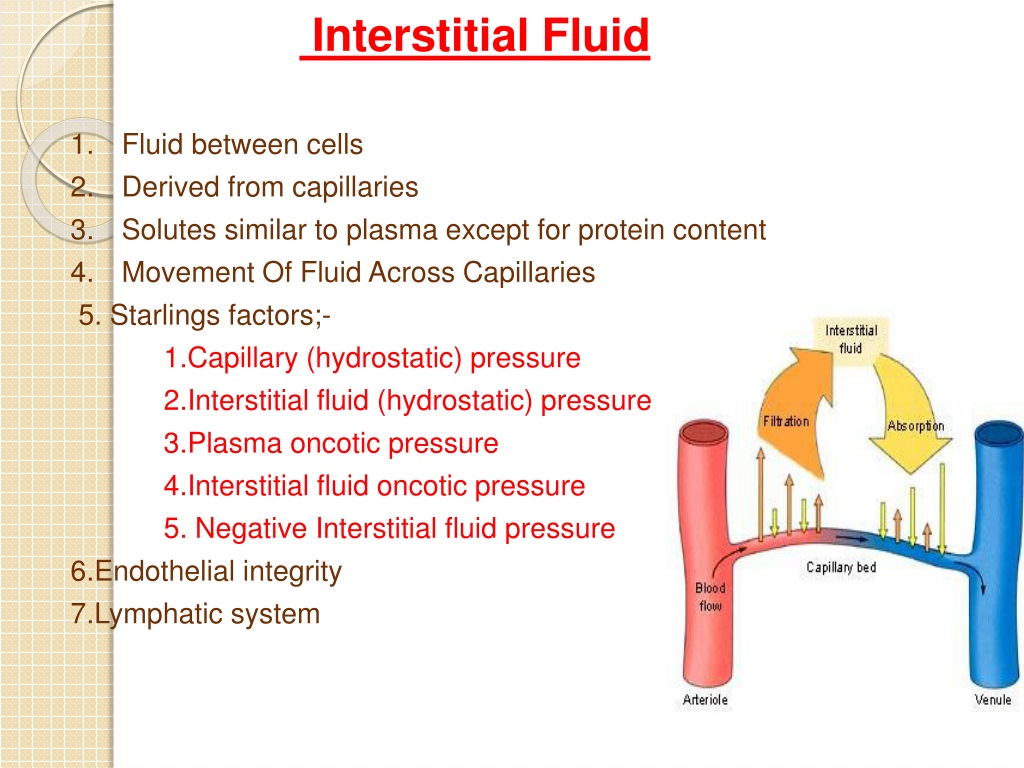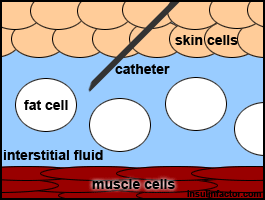

There are a lot of similarities in their composition and mode of operation, which means they are easily confused with each other. However, differentiating between these two is important for a thorough understanding of bodily processes.
#Interstitial fluid image skin
Skin interstitial fluid (ISF) is a biofluid with information-rich biomarkers for disease diagnosis and prognosis. interstitial fluid (ISF) and has an essential role in normal ho. Plasma is a major component of the blood. Microneedle (MN) integration of sampling and instant biomarker readout hold great potential in health status monitoring and point-of-care testing (POCT). The present work describes an attractive MN sensor array for minimally invasive monitoring of ISF microRNA (miRNA) and Cu2+. images using multiple flip angles for quantitation of T1 relaxation and at more time points. Blood plasma contains both red blood cells and white blood cells. It also carries hormones and platelets, and is rich in plasma proteins. However, interstitial fluid contains no red blood cells and has very few white blood cells. There are also no hormones and platelets in interstitial fluid.

Interstitial fluid is formed when plasma passes through capillaries due to hydrostatic pressure. However, since plasma platelets are too large in size to pass through the capillary walls, the resulting fluid is filtered and does not contain any red blood cells and platelets. Thus, the difference in composition is that interstitial fluid is blood plasma without the protein platelets. However, white blood cells are present in order to combat any infections.

There is a constant exchange process going on between plasma and interstitial fluid. Interstitial fluid bathes the cells while plasma flows inside them. This fluid surrounds the cells and provides the medium for intercellular exchange.


 0 kommentar(er)
0 kommentar(er)
